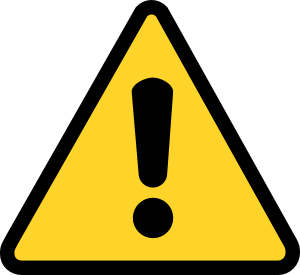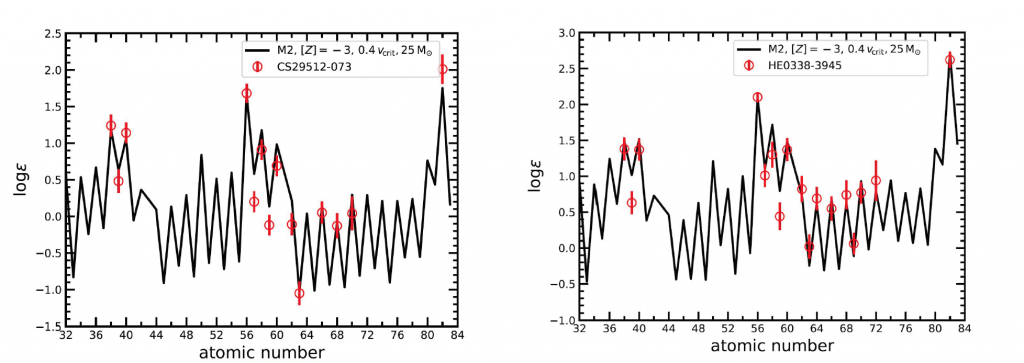
Radio Pulsars: How Slow Do They Go?
Editor’s note: Astrobites is a graduate-student-run organization that digests astrophysical literature for undergraduate students. As part of the partnership between the AAS and astrobites, we occasionally repost astrobites content here at AAS Nova. We hope you enjoy this post from astrobites; the original can be viewed at astrobites.org.
Title: LOFAR Discovery of a 23.5 s Radio Pulsar
Authors: C. M. Tan et al.
First Author’s Institution: Jodrell Bank Centre for Astrophysics, University of Manchester, UK
Status: Published in ApJ
Pulsar Rotation Rates
Neutron stars are formed from massive stars that undergo violent supernova explosions after they run out of nuclear fuel and collapse under their own gravity. Radio pulsars are highly magnetized, rotating neutron stars that emit beams of radiation from their magnetic poles. When these beams of radio emission sweep across our line of sight, they generate radio pulses that can be detected with radio telescopes on Earth. The surface magnetic field strength, age, and internal structure of these objects can be studied through measurements of their rotational rates. Astronomers have now discovered more than 2,700 pulsars in our galaxy, and they’re constantly on the lookout for rare breeds. In today’s astrobite, we cover the discovery of the slowest known spinning radio pulsar, PSR J0250+5854, which has a rotational period of 23.5 s. This exciting finding demonstrates that radio pulsars can rotate much slower than expected and still produce radio pulsations.

Figure 1: An aerial view of the LOFAR Superterp, part of the core of the extended telescope located in the Netherlands. [LOFAR / ASTRON]
PSR J0250+5854: A Record-Setting Slow-Spinning Radio Pulsar
The authors discovered PSR J0250+5854 on 2017 July 30 using the LOw Frequency ARray (LOFAR) radio telescope (see Figure 1) as part of the LOFAR Tied-Array All-Sky Survey (LOTAAS). Additional follow-up radio observations were performed using the Green Bank, Lovell, and Nançay radio telescopes. Pulsations were detected between 120 and 168 MHz with LOFAR and at 350 MHz using the Green Bank Telescope (GBT), but no pulsed emission was detected at ~1.5 GHz using the Lovell and Nançay telescopes. The pulsar’s radio spectrum (spectral index of α = -2.6 ± 0.5, assuming its flux density follows a power-law as a function of frequency) is remarkably steep compared to the average pulsar population (<α> ≈ -1.8). This suggests that its radio emission is significantly brighter at lower frequencies (see Figure 2).

Figure 2: Radio spectrum of PSR J0250+5854 using LOFAR and GBT observations. The black line shows the fitted spectral index, with 1-σ uncertainties indicated by the shaded gray region. The circle corresponds to the measured flux density from LOFAR Two-meter Sky Survey imaging observations, and the triangles correspond to upper limits on the flux densities from LOFAR Low Band Antenna, Nançay, and Lovell radio telescope observations, respectively. [Tan et al. 2018]

Figure 3: Integrated pulse profiles of PSR J0250+5854 at observing frequencies of 350 MHz (GBT), 168 MHz (LOFAR), and 129 MHz (LOFAR). Here, only 5% of the rotational phase is shown. The inset shows the pulse profile across the whole LOFAR HBA band over a full rotation period. [Tan et al. 2018]
A Needle in a Haystack or a Haystack Full of Needles?
The P–Ṗ diagram is a key diagnostic tool for characterizing how pulsars evolve in time. Using pre-discovery LOTAAS data of PSR J0250+5854 from 2015, the authors measured a spin period derivative of Ṗ = 2.7 x 10-14 s s-1. The pulsar’s rotational parameters place it in the right region of the P–Ṗ diagram (see Figure 4) — an area where few pulsars have been found to reside. In particular, PSR J0250+5854 falls near/below many of the so-called “pulsar death lines,” beyond which pulsars are not expected to emit coherent radio emission. These models are based on assumptions about the conditions in the pulsar’s magnetosphere, such as pair production, which is thought to be essential for the generation of radio emission. Since the radio-emission mechanism in pulsars is not fully understood, searching for additional pulsars near these death regions will help to inform us about how pulsars produce radiation.

Figure 4: P–Ṗ diagram of pulsars derived from their measured rotational periods and rotational-period derivatives. The positive sloped gray lines indicate characteristic ages of 1 kyr, 100 kyr, 10 Myr, and 1 Gyr. The negative sloped gray lines correspond to inferred surface magnetic-field strengths of 10 GG, 100 GG, 10 TG, and 100 TG. Magnetars (green), XDINSs (orange), RRATs (yellow), and the 8.5-s radio pulsar PSR J2144–3933 are indicated on the plot. The colored lines show the various death-line models, where pulsars below these lines are not expected to produce radio emission. [Tan et al. 2018]
The discovery of PSR J0250+5854 begs the question: Is this a special kind of pulsar, or are there more to be found? The authors argue that more of these slow-rotating pulsars may be lurking around our galaxy, but we simply haven’t been sensitive to detecting them because commonly used Fast Fourier Transform (FFT)-based periodicity search algorithms are not well-suited to detecting slow pulsars with small duty cycles. The authors also point out that the radio emission observed from PSR J0250+5854 was much more erratic at higher frequencies. Therefore, if other slow rotating pulsars are similar to PSR J0250+5854, then this suggests that low-frequency radio telescopes, like LOFAR, may prove to be excellent observatories for searching for these slow rotators.
About the author, Aaron Pearlman:
I am a Ph.D. candidate in Physics at Caltech. My research focuses on searching for new pulsars near the center of the Galaxy using JPL’s Deep Space Network radio dishes in the southern hemisphere. I am also interested in studies of magnetars, fast radio bursts, gravitational-wave searches, and high-energy observations of compact objects. When I’m not hunting for pulsars, I can usually be found hanging out with my dogs or trying the latest vegetarian cuisine Los Angeles has to offer!

































